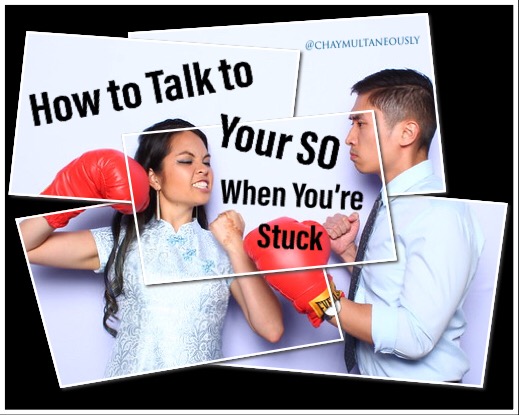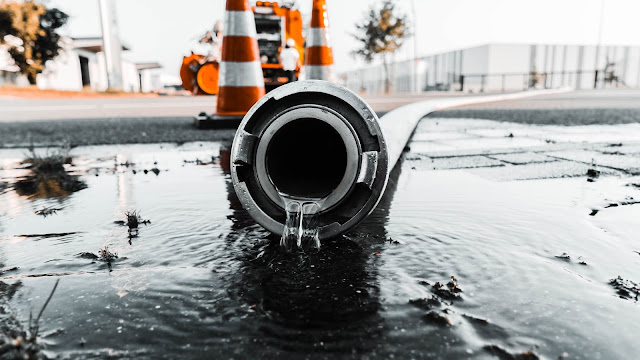Why Communities with Trauma Love Scary Movies
Every cycle of horror and gore films brought my young, under 10-year-old students and their Entire families to the movie theaters. I am sure that their parents also bring their babies. For years it completely puzzled me. Why would you bring your whole family to a slasher? Often late at night? Especially when there’s been domestic violence, drug abuse, gang violence, etc. right outside your doorstep every day.. Wasn’t that enough violence? Why would you want to see more?
Collective Trauma and Scary Stories
Then, I realized: Imaginary scary things can be used to represent scary things of their reality.
Scary movies make danger feel a little bit safer. And when you live where death visits regularly, it feels like home.
In 2016, alongside the horrifying election of our current supreme leader, you might remember there were reports of clowns assaulting people and just randomly appearing creepily in places. My facebook was filled with my friends, teachers and counselors in every state across the U.S., exploding over the fact that children in every school were wildly reposting rumor after rumor that clowns were coming to THEIR school, that they were coming TOMORROW, that it was REAL NOT A JOKE, all the while not specifying what the clown was going to do or whom they actually were threatening.
On one of my most frustrating and ridiculous days of work, I placed myself between the door to an obviously empty computer lab and a raging swath of 50 children screaming that there was a clown inside and I yelled back at them to get away from the door until - yes, this is true - the police came to check the room. For clowns.
I was thankful that a year later when “It” came to the theaters there was no resurgence of clown mania. But I continue to watch every year as my kids brought their stories and games of Pennywise and "Granny" chasing them down, their Five Nights at Freddie’s backpacks leering at me in the hallways.. so I started to think about this at a different angle.
Collective Trauma and Scary Stories
If dangerous things repeatedly happen to a group of people over a course of time, it is likely that the entire community will carry an imprint of it. (*ahemforexampleslavery* *coughpoverty*) There is research suggesting that lasting trauma changes our DNA. Because the families I work with (and many of our own friends and family) live in
an area of poverty, violence, and separation, they have all developed coping skills to
deal with this regular, heightened pace of danger. Some are closed off, some fight anyone who blinks at them, some cling to any friendly face they see, some push everyone away, some use humor,
some talk too loud, some share too much, some don't share at all. These are all
responses to a traumatic environment or to circumstances beyond their control.
Then, I realized: Imaginary scary things can be used to represent scary things of their reality.
I spoke to a few kids outside of class who were so distressed to
the point of tears, claiming fervently that they had seen the clowns, until they sat down in a safe space. Suddenly I found myself discussing their relatives, parents, friends who had been murdered, or went to jail, or physically abused them or their parents, or disappeared for months on end. Clowns were the last
thing they were actually worried about. You may think that a clown has nothing to do with an abusive parent or a missing cousin, but emotions categorize loosely when it comes to facts and details - anything that gives you a sense of dread and fear for your survival are all one in the same in your mind. An imaginary threat was giving voice to their real, true, and honest fears.
The advice I knew that I had to give the teachers was this: these fears should
not be belittled.
When I am at school and my principal and I strongly recommend that parents avoid taking their child to see a scary or violent movie, I watch them nod their heads, knowing that our advice is falling on deaf ears. Scary movies, in a way, give them a sense a release. The main character usually gets away or at the very least uncovers some solutions on how to kill the evil thing or how to escape it. And even if the entire storyline ends with everyone dead and the monster triumphant, the family still walks away from the theater - alive.
We all need our home to be a safe place. Or at least a level of predictability that we can manage.
When I've opened the door to naming their fears, after the initial talk of a movie or video, I've seen a shift in my young students. It's true, one conversation won't heal their generational history of trauma, but it cracks open the shell a bit, allowing them to recognize that their fears matter, that the danger is real - and that someone in the (real) world will not let it define who they are, that someone will care about them beyond their trauma, and someone will help them.
As much as it frustrates me sometimes to collect the crying children who swear by every fiber in their little body that they saw a clown following them home, that the slasher they saw last night kept them from falling asleep, that their brother likes to chase them around as this terrifying granny.. I have to remember that my job is not to be angry or upset that they are afraid - my job is to model bravery in the face of danger, real or imagined.



Comments
Post a Comment